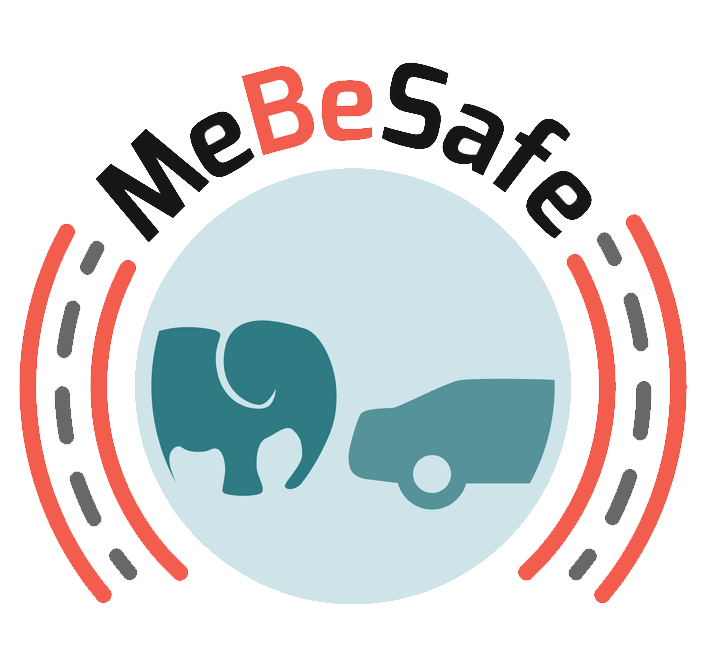MeBeSafe measures - REVEALED
See summaries and illustrations of what the MeBeSafe concepts aim to change –
and get a better understanding of how they can be applied to make traffic safer.
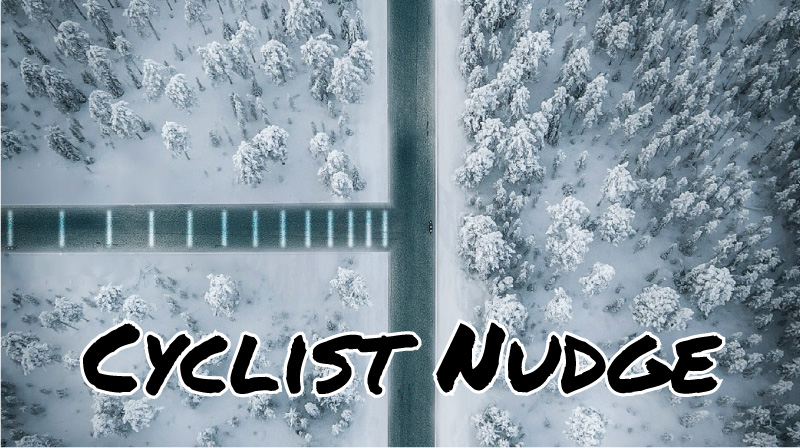
The cyclist nudge aims to reduce cyclist speed when necessary. It is made by completely flat stripes running across a biking lane. The stripes are getting closer and closer together.
This will create an illusion that you are going faster than you actually are, which will make it more likely that you slow down. MeBeSafe found the nudge to work even when it was not noticed at all.
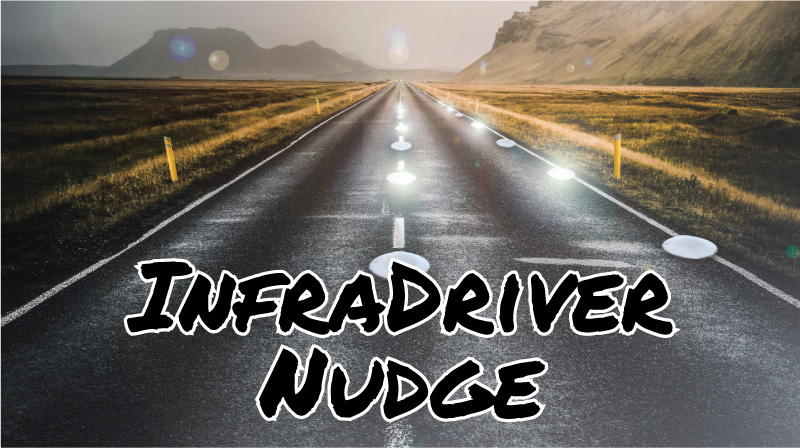
The InfraDriver nudge aims to reduce speed for car drivers when necessary. It is made by a row of lamps on either side of a road. When a driver goes too fast, the lamps will light up in a sequence to make it look like they are moving towards the driver and the driver will think they are going faster than they are.
Another version of the nudge uses static lights as a way to warn the drivers of impending danger.
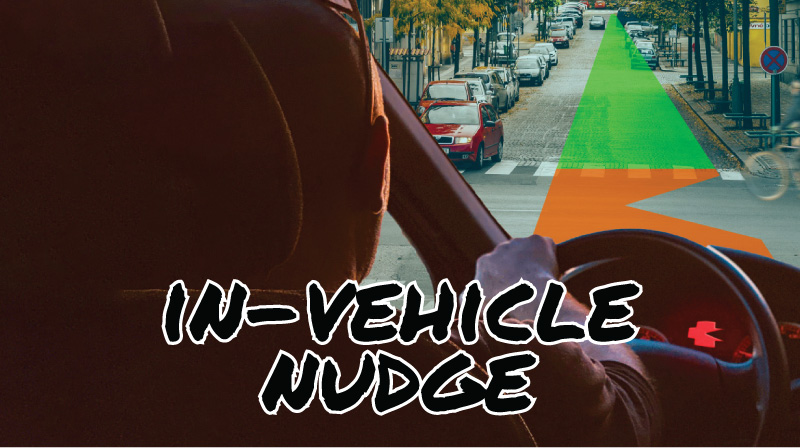
The In-Vehicle Nudge aims to direct drivers’ attention to cyclists. It can be projected in the windscreen as a green line along the road. When a cyclist comes, the line turns red and gets a notch at the side where the cyclist approaches from.
The adaptation for the Field Trial is placed in the instrument panel of the car. It uses a symbol representing the shape of the upcoming intersection.
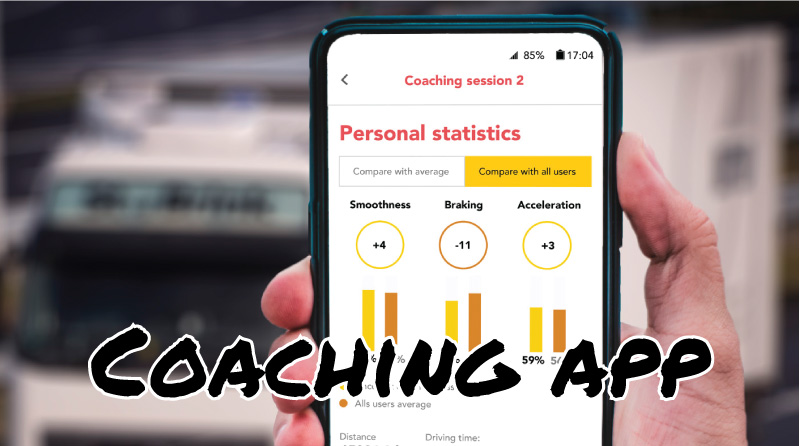
The coaching app aims to help truckers improve their driving by peer-to-peer coaching. Data on driving behaviour is collected by the app and shared with nobody else than the driver.
The app will suggest a time when two peers should meet and coach each others, based on an analysis of the data. It will give suggestions on what they should discuss at that coaching session.
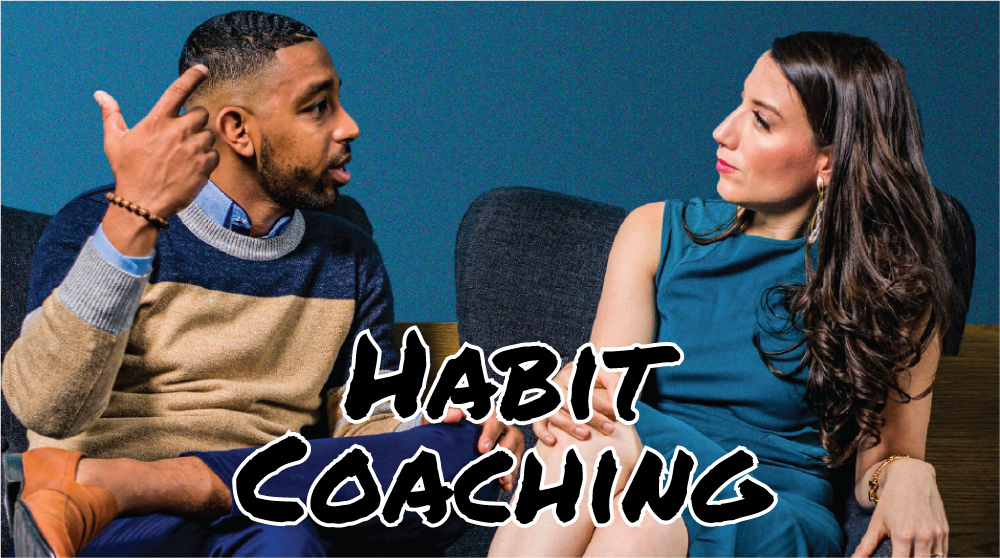
The Habit Coaching aims to help drivers in starting to use Adaptive Cruise Control (ACC) in their cars. The coaching is centred on introducing drivers to the concept, so that they later can be nudged by the closely related ACC-Nudge.
Adaptive Cruise Control is more safe than standard cruise control, as it will never run into a slower car in front. Instead it will keep on following behind, no matter the speed of the car in front.
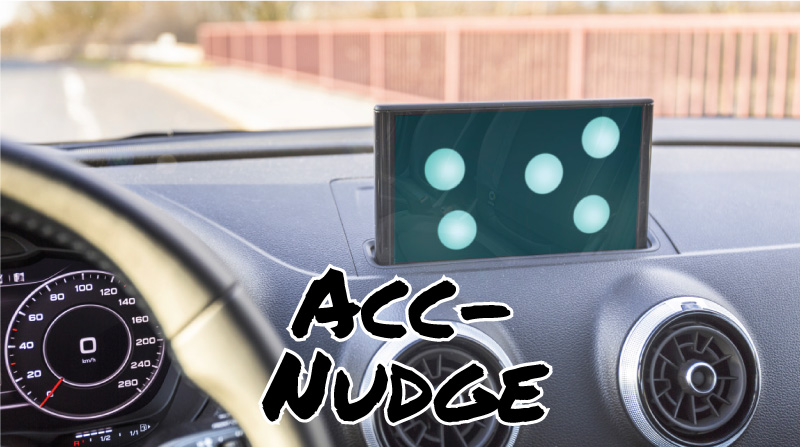
The ACC-Nudge aims to make drivers use Adaptive Cruise Control (ACC) more often. Conceptually it consists of an interface with free-flowing bubbles.
The scattered bubbles get more and more orderly when the driver uses ACC more often. It appeals to the human desire for order, making it a rather apparent nudge. As many people don’t use ACC, they will first be coached to do so with the Habit Coaching.
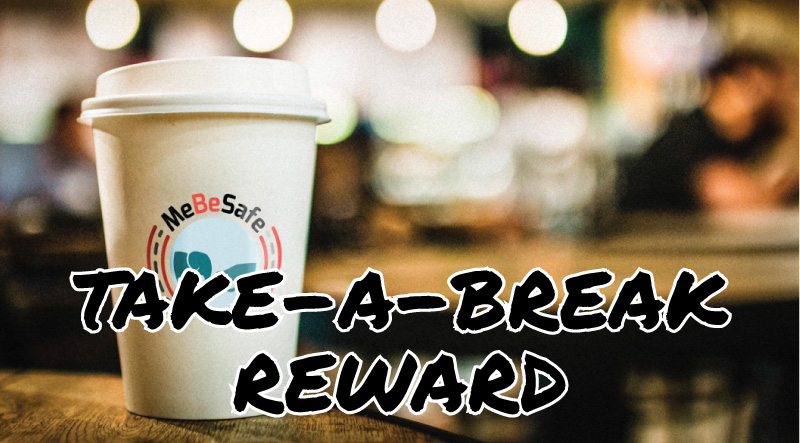
The take-a-break reward is similar to a nudge, except that it rewards people.. Classic nudges are not using monetary incentives. It aims to make tired drivers more likely to stop and take a rest.
When a driver is found to be tired, a sign will light up in the car telling them about a reward if they stop to take a break. Over time the rewards will change, from free cinema tickets to a cup of coffee at the nearest café.
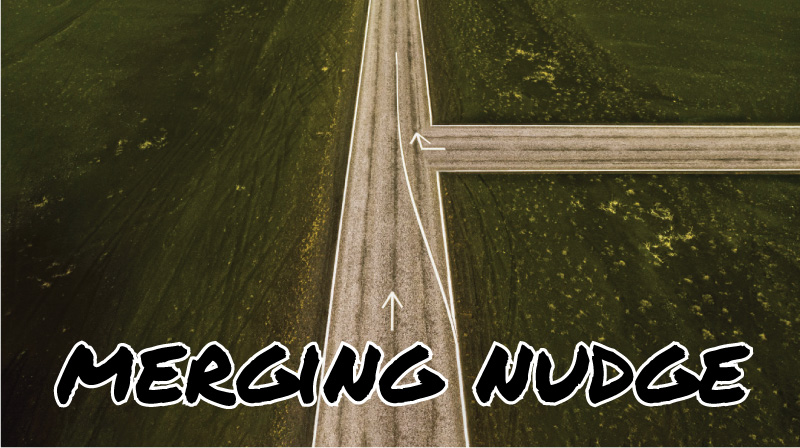
The merging nudge aims to reduce the amount of conflicts when two single-track bike lanes meet in a T-intersection. Conceptually, it is made by creating an entrance ramp with a line, giving space for cyclists to enter the more busy lane.
The nudge was tried and evaluated in the pre-studies, but it will not be part of the field trial due to the rarity of this type of cyclist intersection.
